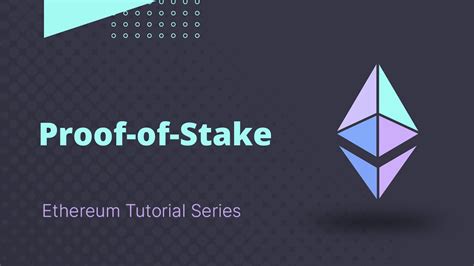Understanding the Role of Pruning in Ethereum Network
The Ethereum network utilizes a robust architecture that relies on multiple nodes to validate transactions and maintain its integrity. Among these nodes are what are known as “full nodes,” which have access to the entire blockchain. However, not all nodes are created equal, and there’s a nuance surrounding pruning – the process of selectively removing or truncating older blocks from the blockchain.
In this article, we will explore how a pruned node can be classified as a full node without possessing the entirety of the Ethereum blockchain.
Pruning: A Simplified Definition
For those unfamiliar with the term, pruning refers to the selective removal or discarding of specific information (in this case, older blocks) from an existing data structure. This process is commonly used in various applications to reduce storage requirements, decrease computational load, and improve efficiency.
The Concept of a Pruned Node
A pruned node is essentially any node that has been modified by pruning techniques. These modifications can range from removing entire blocks to selectively discarding specific transactions or even just a portion of the blockchain. The goal is always to maintain consistency across all nodes in the network, ensuring that every node has access to the same information.
Classifying a Pruned Node as a Full Node
To be considered a full node, an Ethereum node must have access to the entire blockchain and be able to verify any new incoming blocks. This means it should possess all necessary data, including transaction records, block headers, and other relevant information.
Now, let’s examine how a pruned node can fulfill these requirements without being considered a traditional full node:
Pruning and Its Implications
When pruning older blocks from the blockchain, nodes do not lose their ability to verify new incoming transactions. The process of pruning does not alter the node’s internal data structures or its ability to validate block headers.
However, when a pruned node has removed some of the older blocks, it can still:
- Verify transaction receipts

: Pruning older blocks may contain information about previous transactions, which can be verified by the pruned node.
- Maintain block header integrity
: The blockchain is made up of block headers, which are essentially pointers to the corresponding blocks in the original chain. Even if pruning removes some of the older blocks, the remaining headers remain intact.
Conclusion
In conclusion, a pruned node can be classified as a full node without possessing the entirety of the Ethereum blockchain because it still maintains access to all necessary data and is able to verify new incoming transactions. The key lies in understanding how pruning affects the overall integrity and consistency of the network’s information.
As the Ethereum network continues to evolve and expand its capabilities, this nuanced understanding will be crucial for developing reliable and efficient node architectures that can effectively handle varying levels of pruning and still maintain their role as full nodes.
The importance of pruned nodes cannot be overstated; they play a vital part in maintaining the decentralized nature of the Ethereum blockchain. By grasping how these nodes operate, developers can better design solutions that not only support full-node functionality but also optimize performance for modern networks.
